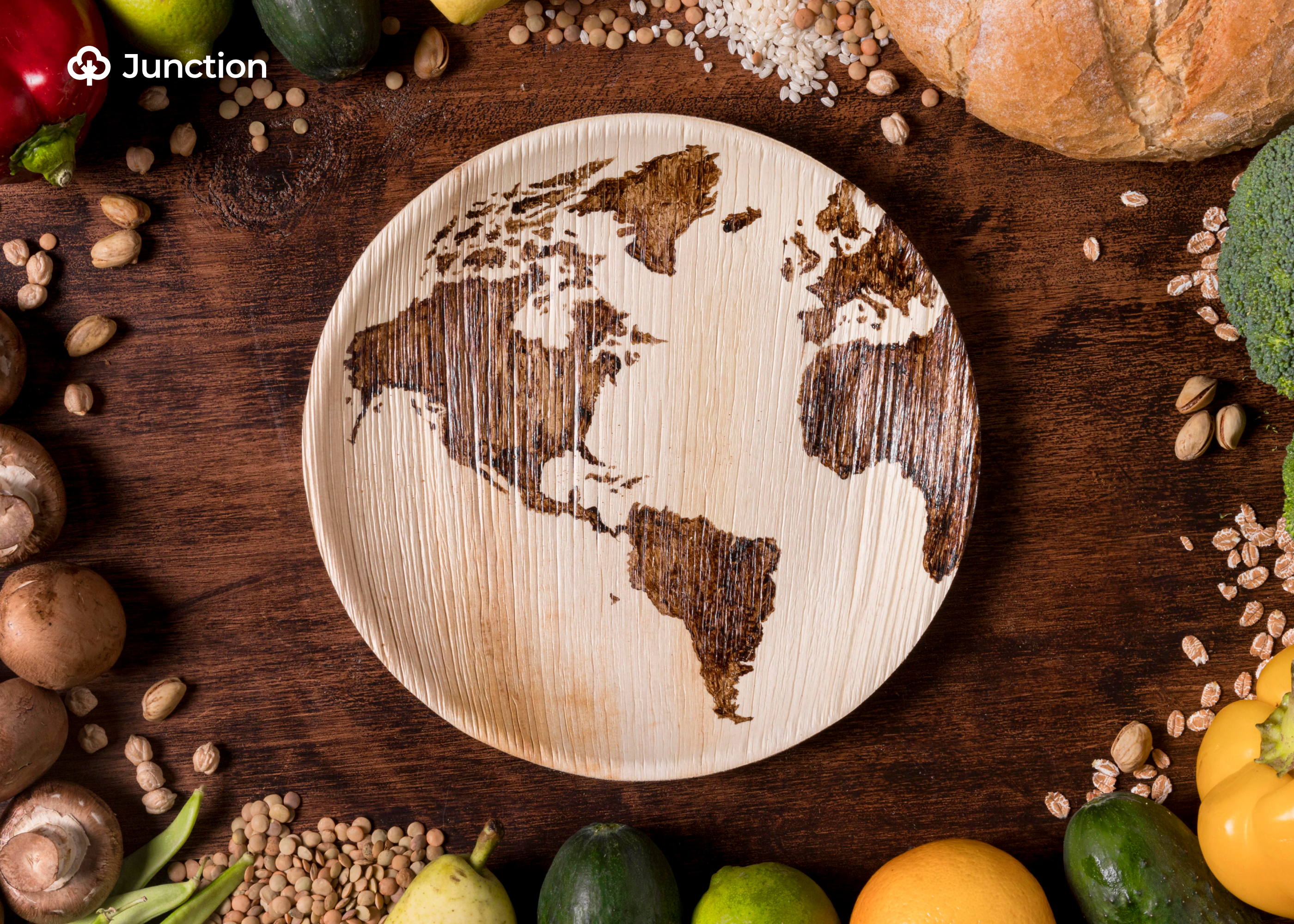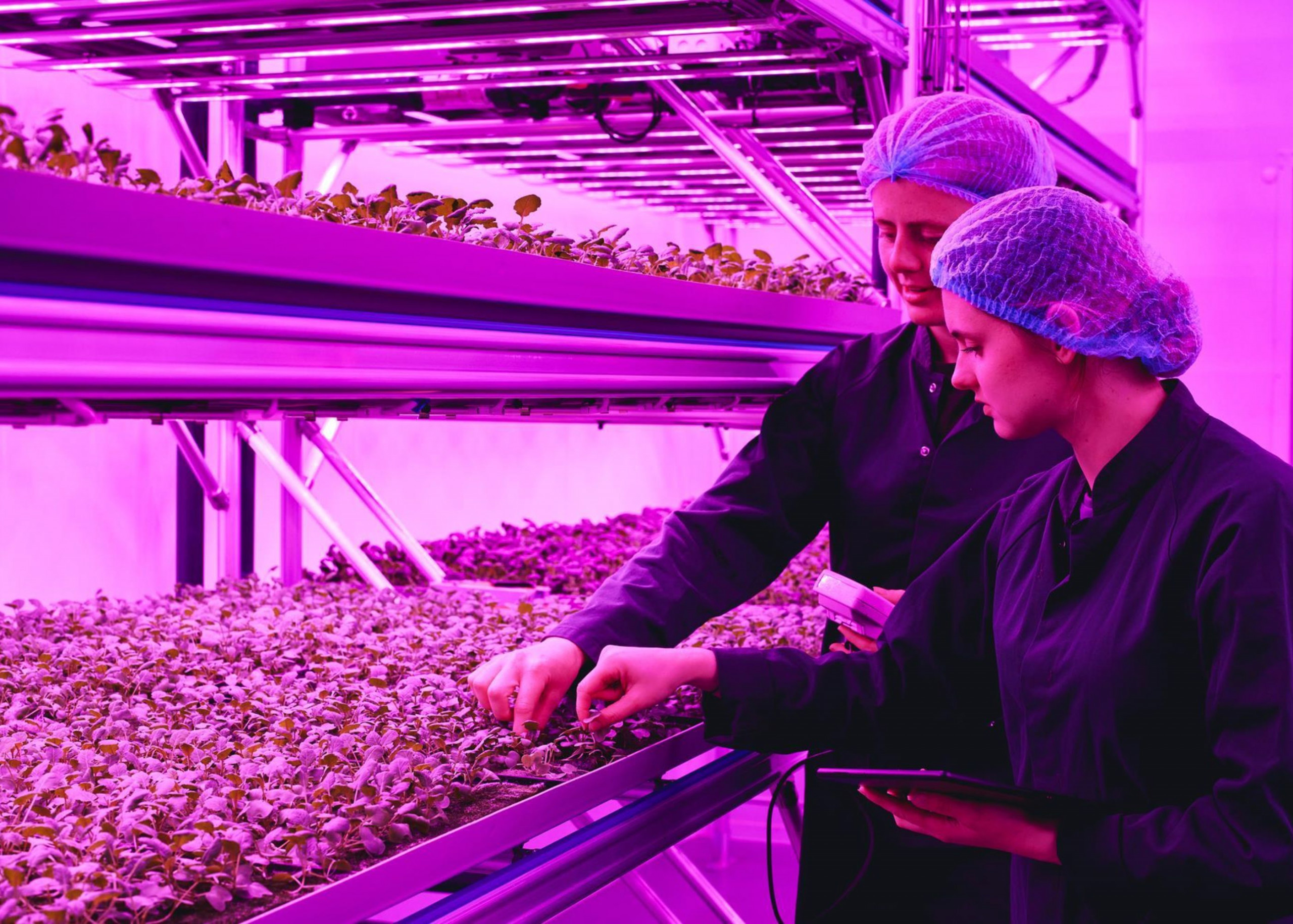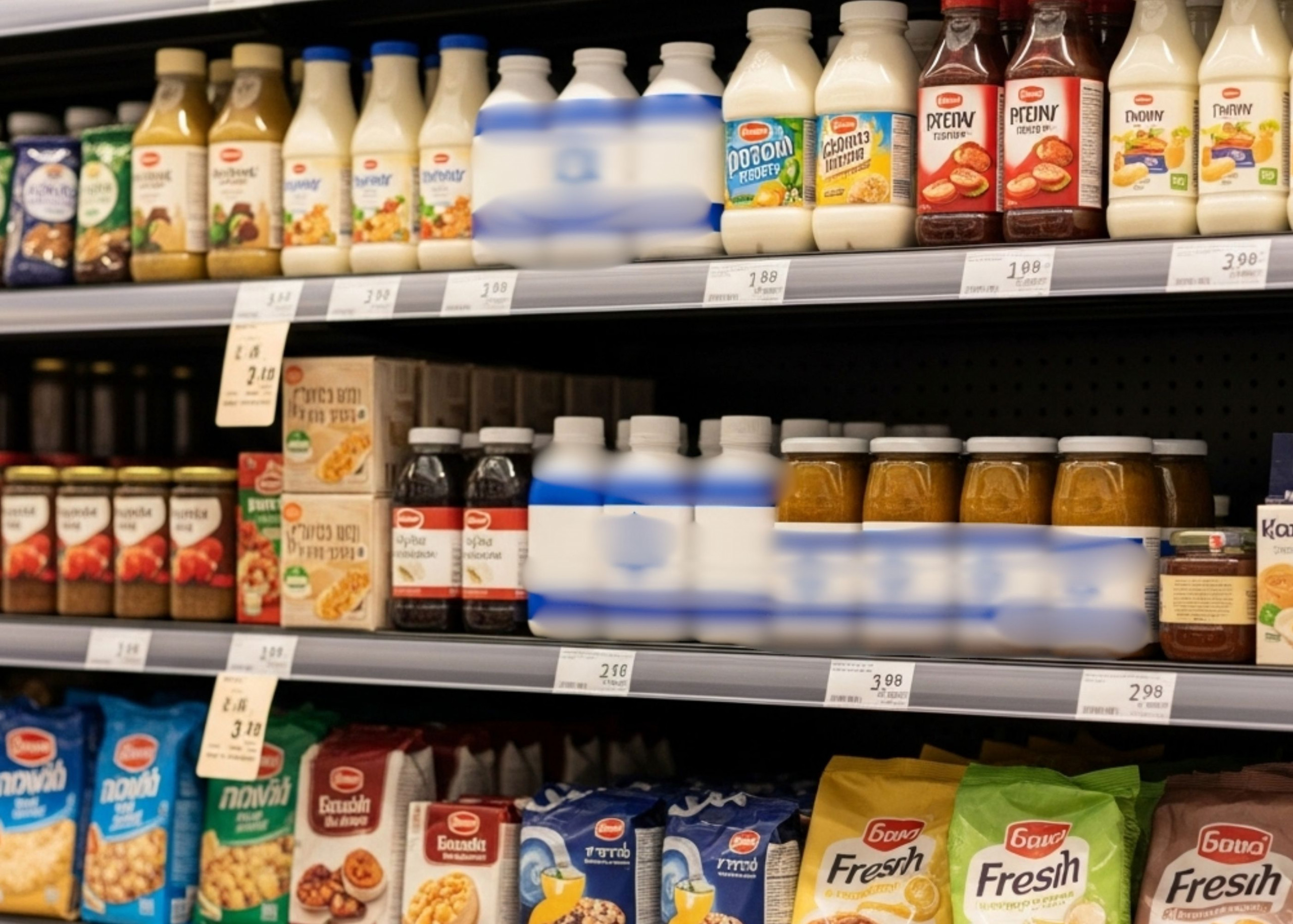News in brief:
– The World Bank warns that severe food insecurity could affect 950 million people by 2030 without urgent action, as rising food prices and data gaps hinder effective interventions.
– Despite global efforts, hidden hunger affected 2.8 billion people in 2022, while inefficiencies in food systems add $10 trillion in hidden costs annually.
The World Bank has argued that without ‘bold interventions’, the number of people around the globe facing severe food insecurity could reach 950 million by 20230. In its blog post titled “Five alarming statistics on global hunger”, the development institution made several shocking revelations.
The World Bank claims to have a food and nutrition security portfolio in 90 countries which includes short-term interventions like expanding social protection and longer-term resilience such as boosting productivity and climate-smart agriculture. Yet, even it admits that it can only reach 296 million beneficiaries in a best-case scenario. Thus, it encourages more participation in hunger intervention efforts.
The world’s population is expected to reach 10 billion by 2030, and with escalating food problems, countries may find it difficult to feed citizens. For example, between 2019 and 2023, the number of people suffering from malnutrition rose by 152 million to 733 million.
There is also a problem of hidden hunger, which involves people not being able to afford a healthy, and this affected 2.8 billion people in 2022 (about 1 in 3).
Most of the problems of food insecurity come with affordability. “Rising food prices disproportionately affect poorer households which spend a greater proportion of their incomes on food,” the report says.
Although global food prices have declined from their 2022 high, price dynamics will continue to affect food security. Inefficiency in food systems is another big problem that is making food security harder to achieve and contributes approximately $10 trillion in hidden costs annually.
The global food and nutrition security challenge is worsened by significant data gaps, with over half of the world’s food-insecure population living in countries lacking reliable data. Around 70% of people live in nations without sufficient tracking for SDG 1 (ending poverty) and SDG 2 (ending hunger), making progress difficult to measure. While data quality has improved globally, fragile countries still face critical gaps, with only 4 out of 18 socially and institutionally fragile nations having reliable food security statistics.



